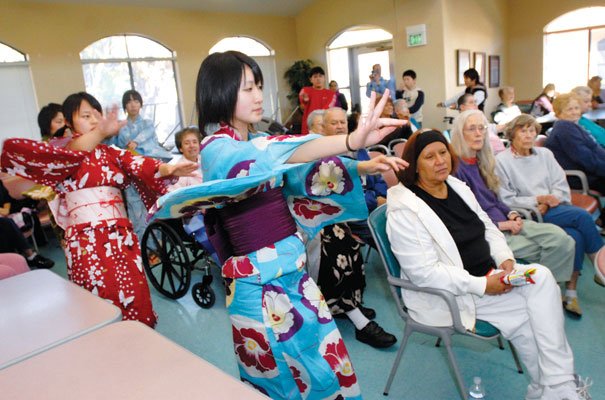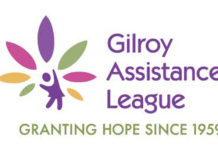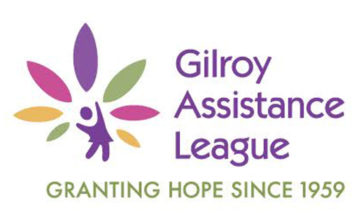Under the vacant stare of two dozen mounted animal heads
– including a wildebeest, a warthog, a water buffalo and a wild
boar – Mike Pierce, the co-owner of Predator’s Archery in downtown
Gilroy, helped 15 teenagers from Takko-Machi, Japan, hone their
archery skills.
Under the vacant stare of two dozen mounted animal heads – including a wildebeest, a warthog, a water buffalo and a wild boar – Mike Pierce, the co-owner of Predator’s Archery in downtown Gilroy, helped 15 teenagers from Takko-Machi, Japan, hone their archery skills.
More accustomed to the longer, more graceful looking bow and arrow used when practicing kyudo, the Japanese art of archery, the students shot arrow after arrow at a large, colorful target mounted on a wall six meters away. Although there weren’t too many bull’s eyes, lots of smiles filled the room. Camera flashes popped as the students took photos of their friends’ skills – or lack thereof in some cases.
“It’s totally different,” said Shoko Shimizu, 16, who is a member of Takko’s archery club. “In Japan, the bow is much simpler, longer. The arrow is lighter. But here, it’s faster.”
The Japanese bow, or yumi, stands over two meters, at least a foot taller than most of the Japanese students. The students spent an hour at Predator’s Wednesday afternoon, exploring Pierce’s shop, trying their hands at American archery and asking him questions.
“Do you always wear camouflage when you do archery,” one student asked, gesturing toward a suit resembling the Swamp Thing.
“Only when I’m hunting,” Pierce laughed.
Not only are the students practiced in archery, they are talented dancers who, earlier that afternoon, shed their Converse and Nike sneakers, jeans and down jackets for the more traditional yukata – a casual version of a kimono – donned taiko drums and performed a traditional Japanese song and dance, “Nanyadoyara,” for the residents of Wheeler Manor.
“I love the culture,” said Sky Williams, 74, a Wheeler resident with a passion for all things Japanese. “I’m totally into the Japanese culture.”
A painter by profession, Williams’ favorite artist is Katsushika Hokusai, best known for his famous woodblock print The Great Wave off Kanagawa, but she wanted to be a taiko drummer growing up.
“The drums are why I’m here,” she said. “I can’t ever remember a time when I wasn’t interested in their culture. I must have been Japanese in another life.”
Her face lit up and her feet tapped with the thrum of the taiko drum when the students filed into the room. Gracefully swaying their arms, the students – led by a girl dressed in pastels, a pink and black obi cinched at her waist – circled the residents. Typically danced in the summer, the Nanyadoyara is performed at shrines and temples to pay respect to Takko’s ancestors and welcome them home, said Shoko Shida, an English teacher at Takko High School.
“They were wonderful,” Williams said. “I just wish it was longer.”
So far, the students have toured Gilroy and San Francisco and plan to visit several schools before they leave on Saturday.
“They loved the cable cars in San Francisco,” said Patrick Foley, Gilroy’s coordinator for international relations in Takko-Machi. “The clam chowder in the bread bowls was also a big hit.”
Each of the 15 high school students, two teachers and a translator is staying with host families in Gilroy for the week, an experience that is made especially interesting by the obvious language barrier, said Misako Tanaka, 16, with the help of a translator.
“My favorite part is my host family,” she said. “They are very kind.”















